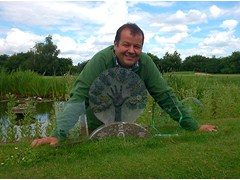
Boston wildlife attraction See how Boston West Golf Clubis using the creation of wildlife habitats as a positive attraction for players to visit the Lincolnshire course …. |
Over his 20 years at Boston West Golf Centre Course Manager, Richard Owens has created a diverse range of habitat for wildlife to thrive amongst the daily golfing activity. More recently he has become a keen advocate of Operation Pollinator, which has continued to develop within his array of ecological initiatives.
Such has been his success that he won the accolade of Conservation Greenkeeper of the Year in the 2014 Golf Environment Awards and, more recently, the overall winner of the Lincolnshire Environmental Awards, presided over by his long-time ecological hero, David Bellamy (below, left).
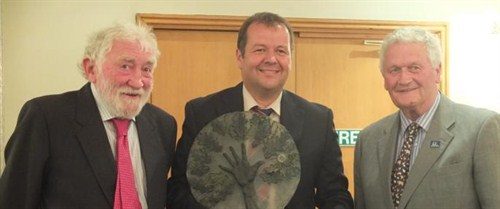
Richard reports on his experiences and achievements, along with his ongoing plans:
An ecologist once described Boston West Golf Centre as "An Oasis within an Agricultural Desert", a saying that has stuck firmly with me during my time here.
Surrounded by intensive agriculture with limited biodiversity, we have taken a barren field with no features - and created not only a great golfing experience, but an oasis for wildlife out on the course. There is a broad range of species, attracted to the diverse range of habitats created within.
Bird life abounds
Trees and shrubs are now in abundance at Boston West, with both Great Spotted and Green Woodpecker seen on a daily basis. During the summer months the woodlands become home to many migrant Blackcaps, Chiffchaff and Willow Warbler, and during the winter months the Alder within attract flocks of Siskin, Lesser Redpoll and last winter Common (or not so!) Redpoll.
In the winter, Redwings show in good numbers and Waxwings have been seen regularly over the last few last winters, feeding on Guelder Rose and Rowan Beries.
Autumn 2008 gave us our first sighting of a Tree Sparrow out on the course. We reacted to this by installing several nest boxes in the area and were rewarded the following spring with many juveniles observed. We now have good numbers of this RSPB "Red" listed species finding refuge in the over 3500 metres of reinstated hedgerows.
Woodland wonders
The woodland areas are the refuge of both Roe and Muntjac Deer. Many Log piles and animal shelters have been erected to enhance the habitat for insects and small mammals. Glades have also been created for butterflies to thrive, the most recent being Wall Brown and Green Veined White, bringing our list up to 18 species.
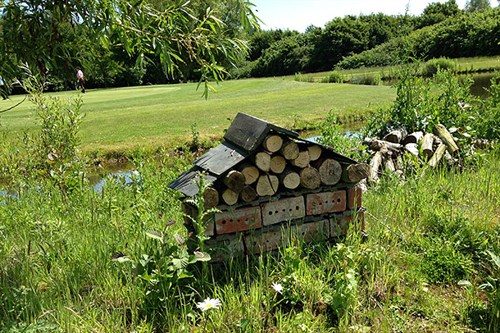
Water resources
Although not always appreciated by the golfer, there are 14 water hazards on the course. As well as the usual mallards, coots, moorhens and Grey Herons we have also been visited by Little Grebe, Teal and Tufted Ducks - with the latter confirmed as a breeding species. Kingfishers, Little Egret and Common Tern occasionally make good use of our healthy fish stocks.
Cuckoo Flower, Water Mint, Yellow Flag and Ragged Robin thrive around the water and a more relaxed approach to the management of banks rewarded us a couple of years ago with a Southern Marsh Orchid. Water Voles are also present on site.
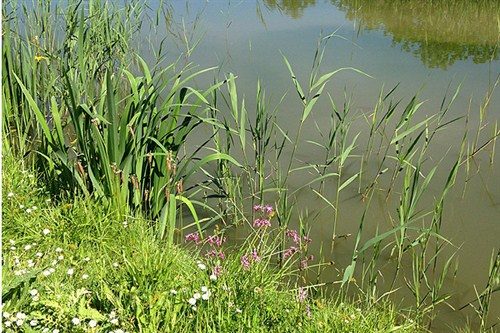
The largest of our water features is managed as a reedbed and is always alive with amphibious activity. I am hoping one day for grass snakes to make this their home if they haven't already!
The reedbed attracts many pairs of breeding Reed Warblers in the summer and the elusive Water Rail has also been seen. Dragonflies including Brown Hawker are seen in this area too. During the summer months large numbers of Sand Martins have been seen hawking over the reedbed feeding, and we are planning to build a nesting wall and try to establish our own colony.
Over the past 10 years we have established a thriving wild flower area with several species now well established, including Yellow Rattle, Meadow Buttercup, Ox Eye Daisy and, most recently our second Orchid.
Common Blue Butterflies are attracted to the Birds Foot Trefoil and the Knapweed attracts the Six Spot Burnet and Silver Y moth. This area is also used by the many resident Brown Hares and most importantly of all Bees!.
Bee haven
A second wildflower area, initiated under Operation Pollinator, has been established on another part of the course and is developing nicely. Not only is it extremely attractive for golfers as they play, but it provides a wonderful food source and habitat for bees and other pollinators. It is also alive with a wide range of insect life - which in turn feeds other wildlife in what we believe is a balanced and sustainable ecological resource.
It has been fantastic to see so many golf courses across the UK creating pollen and nectar rich areas through the Operation Pollinator scheme.
Nesting sites
The longer grassland on the course is alive with Short Tailed Voles, Field Mouse, Wood Mouse and shrews, with Kestrels a regular sight overhead, searching for a meal. Common Buzzard are also occasionally seen, along with Red Kite.
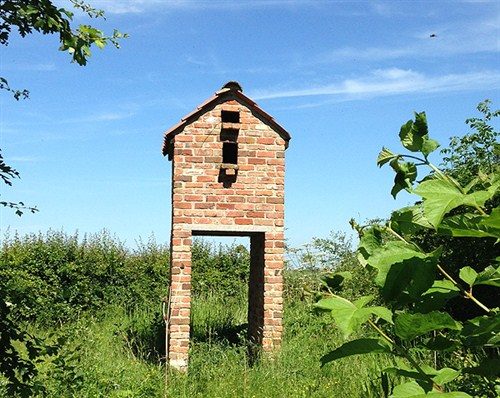
We have 109 nest boxes on the course and in March 2011 we completed possibly our most ambitious nest box to date with the construction of a "Barn Owl Tower" made from reclaimed bricks and pantiles. Initially, three Kestrels showed an interest and then, later that year, I managed to photograph our first Barn Owl entering the nest chamber making all the effort worthwhile. I am sure it's now only a matter of time before we establish a breeding pair.
The highlight has been our Kestrel Box, which has fledged 15 young over the past three years.
Clubhouse support
The clubhouse area is also great for wildlife with many House Sparrows in residence and the Buddleia attracts Red Admiral, Peacock and Small Tortoiseshell butterflies and we have also recorded Humming Bird Hawkmoths feeding on the hanging baskets.
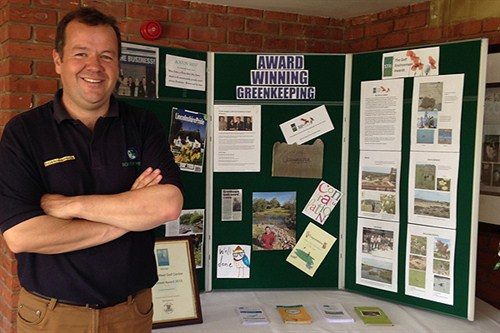
Boston West is also a bird ringing site and I monitor nest boxes for the BTO nest record scheme. We have so far ringed around 1000 birds across 38 species, providing vital information on species distribution and population trends.
Public recognition
Our conservation efforts are publicised via newsletters and my very popular talk, "The Wild West". Donations from my talks go to the RSPB Boston Wildlife Explorers Group, where I am a youth leader. I also help at two local schools, often using resources collected off the course, such as owl pellets to help teach the children about the natural world.
I have also led a series of walks for the local RSPB group and I am sure all those who have attended enjoyed seeing our "Oasis". It clearly illustrates that here at Boston West we are proving that golf and nature truly can live in harmony.
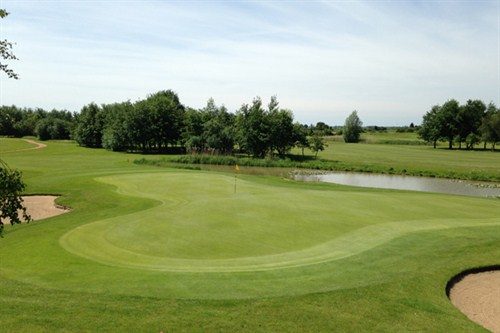
Attracting players
I am really looking forward to continuing to promote golf courses as valuable havens for wildlife in the future. It is extremely positive for the industry and, whenever we have the opportunity to attract people to the course, there is the chance to bring them back as players.
